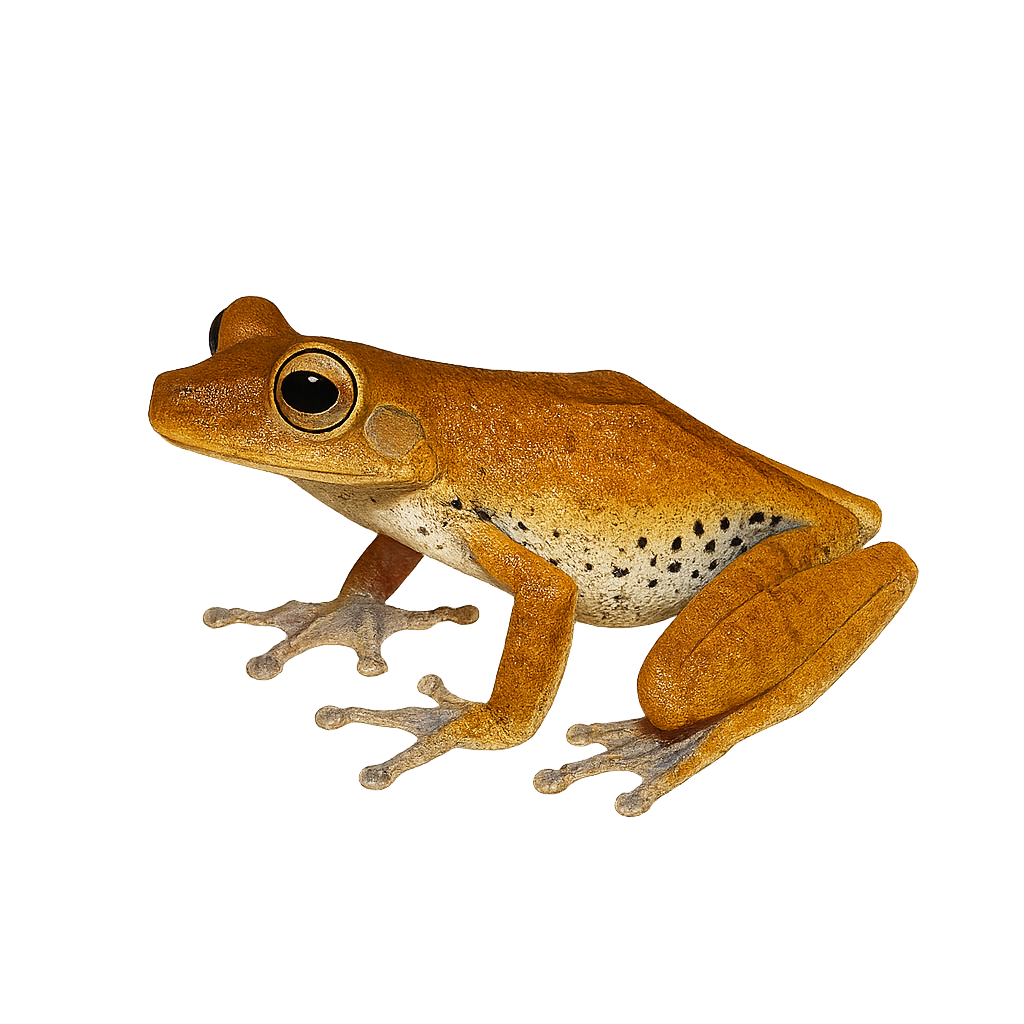Your wildlife photography guide.
Explore the stained treefrog in detail, study its behavior, prepare your shots.
Where to observe and photograph the stained treefrog in the wild
Learn where and when to spot the stained treefrog in the wild, how to identify the species based on distinctive features, and what natural environments it inhabits. The WildlifePhotographer app offers tailored photography tips that reflect the stained treefrog’s behavior, helping you capture better wildlife images. Explore the full species profile for key information including description, habitat, active periods, and approach techniques.
Stained Treefrog
Scientific name: Boana maculateralis

IUCN Status: Least Concern
Family: HYLIDAE
Group: Amphibians
Sensitivity to human approach: Suspicious
Minimum approach distance: 3 m
Reproduction period: November to March
Incubation: 8–12 jours
Births: December to April
Habitat:
tropical rainforests, swamps, riparian zones
Activity period :
Mainly active at night, generally discreet during the day.
Identification and description:
The Stained Treefrog, commonly known as the spotted tree frog, is a fascinating species from the Hylidae family. It is distinguished by its spotted skin, which allows it to blend effectively into its natural environment. This frog is primarily nocturnal, meaning it is active at night for feeding and breeding. It typically inhabits tropical rainforests, swamps, and riparian zones, where it finds both food and protection. Its ability to blend into the surroundings is impressive, and it uses this skill to evade predators. Although its conservation status is not alarming, it is crucial to protect its habitat to ensure its long-term survival.
Recommended lens:
Macro – adjust based on distance, desired framing (portrait or habitat), and approach conditions.
Photography tips:
To photograph the Stained Treefrog, it is advisable to use a macro lens to capture the details of its spotted skin. Approach slowly and discreetly to avoid scaring it, as it is suspicious. Favor nighttime hours to observe it in its natural habitat. Use a tripod to stabilize your camera and avoid motion blur. A flashlight with a red filter can be useful to illuminate the scene without disturbing the animal. Be patient and respectful of its environment to get the best shots.
The WildlifePhotographer App is coming soon!
Be the first to explore the best nature spots, track rutting seasons, log your observations, and observe more wildlife.
Already 1 431 wildlife lovers subscribed worldwide

